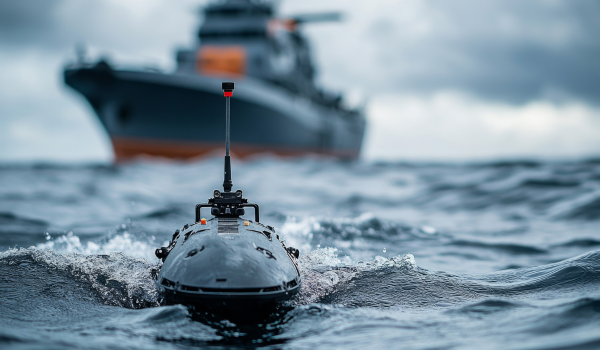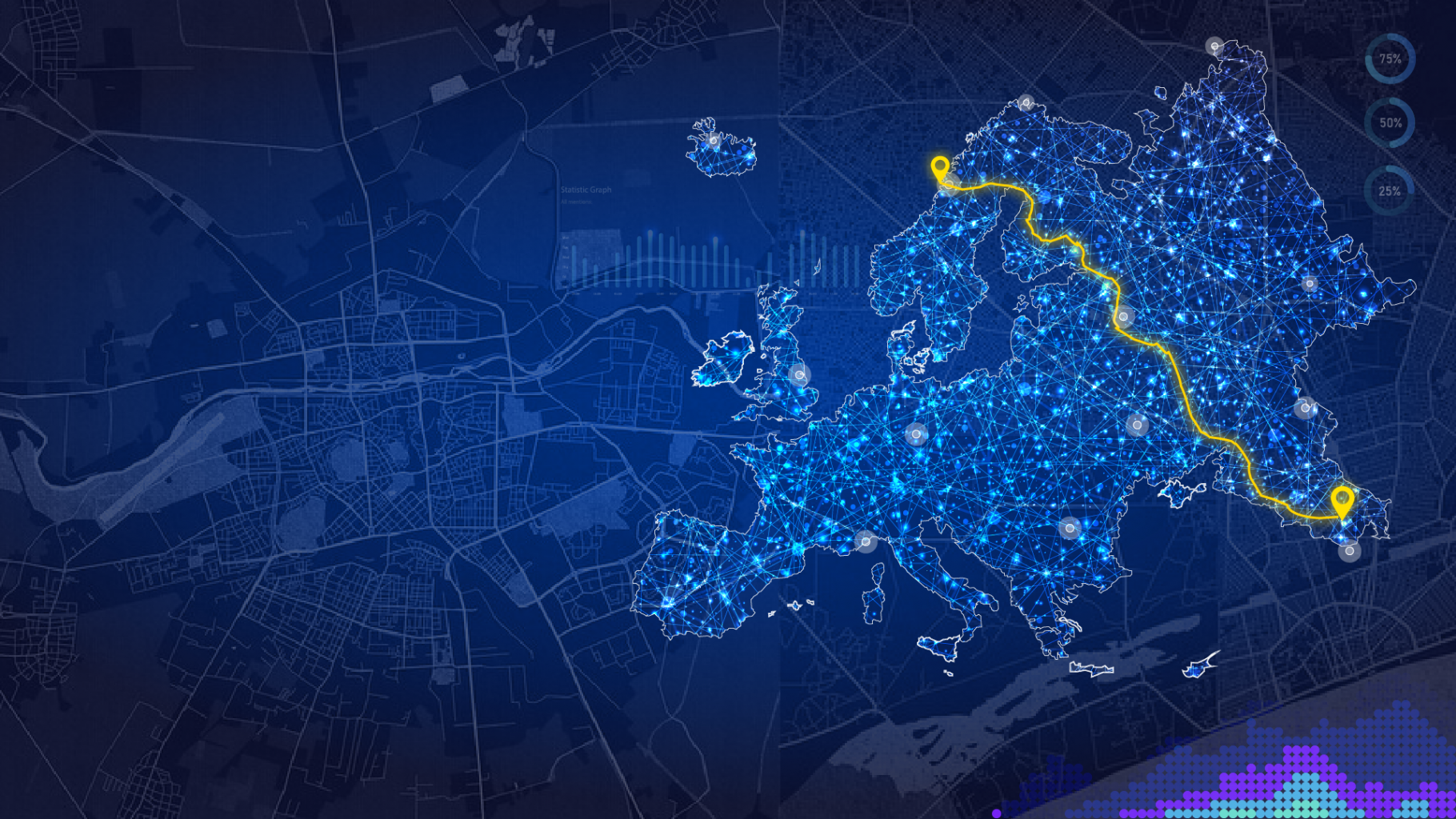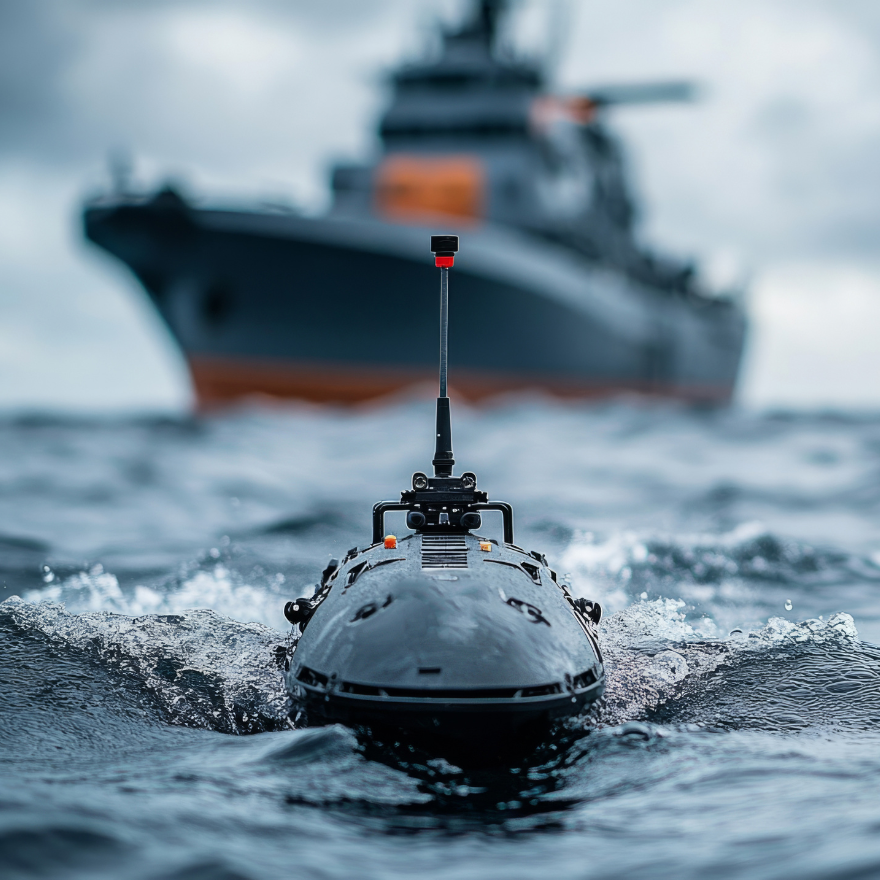Sea cable infrastructure, hybrid warfare and the future of European security
By Andrew Borene, Executive Director, Global Security at Flashpoint

The undersea cable disruptions in the Baltic Sea in November 2024 starkly exposed the fragility of Europe’s critical infrastructure amidst rising hybrid threats across the physical, cyber, and geopolitical domains. The incident unfolded against a backdrop of growing convergence between Russian and Chinese interests in challenging free world alliances globally — a pattern that increasingly tests the resilience of the Transatlantic community.
Recent events near Taiwan add to the urgency. Just days before the Baltic disruption, Taiwan reported that a Chinese-owned cargo vessel had severed a subsea cable off its northeastern coast — an act that Taipei labeled as deliberate sabotage. Though data traffic was quickly rerouted, the breach highlighted the vulnerability of global communications infrastructure and raised alarms about coordinated hybrid warfare tactics targeting critical undersea networks. Whether in Europe or Asia, undersea cables have emerged as strategic assets — and targets — in modern geopolitical conflict.
This broader context cannot be ignored. As I discussed in the Siren Europe at a Crossroads podcast, with John Randles, Europe faces an increasingly volatile environment. With the U.S. signaling a shift toward domestic priorities and reduced military engagement abroad, NATO members are being forced to rethink old assumptions about security guarantees and collective defense. The Baltic cable cuts are not isolated incidents; they are flashpoints in a much larger contest for control over the critical arteries of modern life.
Strategic Timing: Undermining NATO’s Operational Readiness
The Baltic disruptions came at a crucial moment: during Dynamic Front, NATO’s largest-ever interoperability exercise, hosted by Finland. This raised critical questions. Was the sabotage an opportunistic act — or a deliberate strategic move by adversaries to test NATO’s cohesion under pressure?
Finland bore the brunt of the damage, but the effects rippled across the region, disrupting communications essential for both civilian economies and military coordination. Restoration efforts are ongoing, but the attack illuminated a chilling truth: in the age of hybrid warfare, the line between peacetime and conflict is growing dangerously thin.
In a scenario increasingly discussed in strategic circles and indeed on Europe at a Crossroads, NATO’s reliance on undersea cables, cloud-based communications, and civilian-controlled infrastructures presents a tempting target for adversaries seeking to destabilize the Alliance without triggering Article 5.

Hybrid Warfare: A Growing Convergence
If confirmed as sabotage, these incidents align closely with Russia’s well-established hybrid warfare playbook — using asymmetric tactics to probe, weaken, and divide adversaries. China’s longstanding “Unrestricted Warfare” doctrine similarly views critical infrastructure attacks as legitimate tools of national power projection. The suspicious presence of a Chinese vessel near the cable disruption adds an additional layer of intrigue — suggesting a possible convergence of Russian and Chinese interests aimed at degrading Western strategic unity.
The timing of these attacks also mirrors wider escalations. Russia’s recent deployment of intercontinental ballistic missiles against civilian targets in Ukraine, paired with heightened tensions over U.S. long-range missile transfers to Kyiv, indicates a willingness to expand the battlefield — geographically and technologically.
Across these theaters, adversaries are testing the West’s resolve. Hybrid warfare no longer merely supplements conventional conflict; it is often the main effort — aimed at disrupting societies, eroding trust, and straining alliances to the breaking point.
Infrastructure: The New Front Line
Whether forensic analysis ultimately attributes the Baltic incidents to sabotage or accident, the implications are the same: Europe’s critical infrastructure is a frontline in the new era of strategic competition.
Safeguarding this infrastructure demands more than just stronger defenses; it requires building true resilience into civilian and military systems alike. Urgent priorities include:
- Real-Time Monitoring: Deploying AI-driven anomaly detection for cables, pipelines, and critical nodes.
- Integrated Risk Frameworks: Adopting NATO’s emerging resilience standards across communications, transport, and energy sectors.
- Civil-Military Exercises: Expanding drills like Dynamic Front to include simulations of infrastructure attacks.
- Public-Private Partnerships: Fostering deep coordination between governments and private owners of critical systems.
Resilience is not simply about protecting assets — it’s about sustaining political, economic, and military momentum in the face of adversarial disruption.
Lessons for NATO and the West
The Baltic Sea cable cuts are a warning shot — but also an opportunity to adapt. Key lessons for NATO and its partners include:
- Stress-Test Interoperability: Exercises must evolve to challenge communications and logistics under hybrid attack conditions, preparing forces for degraded operational environments.
- Focus on Resilience, Not Just Defense: Rapid recovery from attacks demonstrates credibility and denies adversaries strategic victories.
- Strengthen Political Unity: Hybrid attacks thrive on division. A unified NATO response — politically and operationally — will deter future aggression.
- Advance Forward Defense: As discussed in the podcast, deterrence is no longer just about forward-deployed forces, but also about forward-deployed resilience across infrastructure, supply chains, and digital assets.
The fundamental truth remains: in an age of systemic competition, defending the free world means defending the systems that sustain free societies. Hybrid threats to Europe, NATO, and democratic partners are no longer speculative. They are active, accelerating, and aimed at exploiting every vulnerability — from the seabed to the cloud.
The defense of critical infrastructure is no longer just a logistical challenge. It is the strategic center of gravity for the future of the Transatlantic Alliance and the global order it protects.
Interested in hearing more?
Watch our ‘Siren Investigates Podcast’ where Andrew Borene and John Randles discuss ‘Europe Security at a Crossroads’.
Andrew Borene is Executive Director at Flashpoint, the world’s largest private threat intelligence firm, and serves on the Editorial Board at the European Marshall Center’s Partnership for Peace Consortium. He is a former senior official in the U.S. Office of the Director of National Intelligence and a U.S. Marine Corps combat veteran, with previous leadership roles in the intelligence community, at the Pentagon, and Fortune 500 technology companies.




